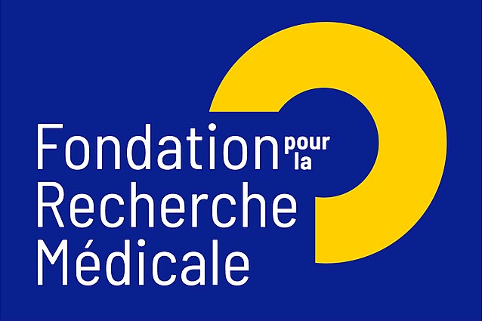

Multiphoton microscopy opens up unprecedented possibilities for visualizing biological processes in vivo. With its low phototoxicity and in-depth tissue imaging, multiphoton microscopy is a powerful tool to elucidate temporal dynamics of cell behaviors, thereby transforming our understanding of cardiovascular pathologies.
To understand and ultimately improve cardiovascular pathologies, we aim to visualize and manipulate the cells associated with the cardiovascular system in living animals using the multiphoton microscope.
In most in vivo biological studies, different animals are sacrificed at fixed time points, generating snapshots of events over time. By contrast, multiphoton microscopy allows appreciating the dynamics and complexity of a biological phenomenon in the same animal over time. This way, by tracking individual cells labeled with fluorescent reporters, a complete vascular pathological event can be evaluated.
High-resolution imaging permits precise identification of any potential therapeutic mechanism and its impact on vessel functionality (hemodynamics, perfusion and leakage). Another crucial point is cellular plasticity: various reports identified a switch in cell lineage in pathological microenvironments such as highly inflammatory areas.
Together with genetic tools using specific promoters that direct expression of fluorescent reporter proteins, multiphoton imaging allows tracking every desired cell type in the selected pathology and following their behavior over time.

Anne Eichmann
Head of the Multiphoton microscopy Facility

Yungling Xu, IR UPC
Falicity Manager

Eric Camerer
Scientific advisor
Leica SP8 confocal laser scanning microscope
Lasers, 405, laser Blue 488, Laser vert 552, laser rouge 638
Detectors, PMT and HyD GaAaP
SP8 confocal series is equipped with an upright stand together with an adjustable automated stage from Scientifica and VIS laser set. It allows visualization of windows placed on desired organs of the animals without fastidious setting in between experiments and the repositioning of the animal on the targeted area. The VIS simple photon laser set will be used for settings of the material and in specific experiments where high-energy photons will be required such as FRAP or photocoagulation.
Leica SP8 Multiphoton microscope
Equipped with a two-ray multiphoton laser beam (InSight X3, Spectra Physics), our device covers a broad excitation range of the near-infrared electromagnetic spectrum (from 680 to 1300 nm), allowing us to simultaneously excite multiple fluorophores and rapidly acquire high-resolution three-dimensional images of large tissue areas.
DIVE detection module is the newest generation of non-descanned detectors providing the fastest, accordable and most sensible detection system available on the market. The external (non-descanned) detectors are placed next to the objective to reduce the distance from the sample to the detector and avoid signal loss. These settings increase from 2 to 3 fold the sensitivity of the detectors compared to detectors placed in the scanner head (descanned) allowing a better sensitivity permitting deeper tissue penetration (up to 800µm).
Training
The platform will train the users for the theoretical and practical of the multiphoton microscope (slide or live imaging) and accompany them for the first several times working in the platform until they have confidence to work autonomy. The platform also offers to train the users for cranial windows surgery and more.
Consulting
The platform can also help to develop the imaging techniques, surgeries according to the need of your projects.
The platform can also supply the slide acquisition/mice live imaging and analysis according to your requests.
Contacts – (health status, pricing, etc.) please contact:
Yunling Xu – Research Engineer : Yunling.xu@inserm.fr

